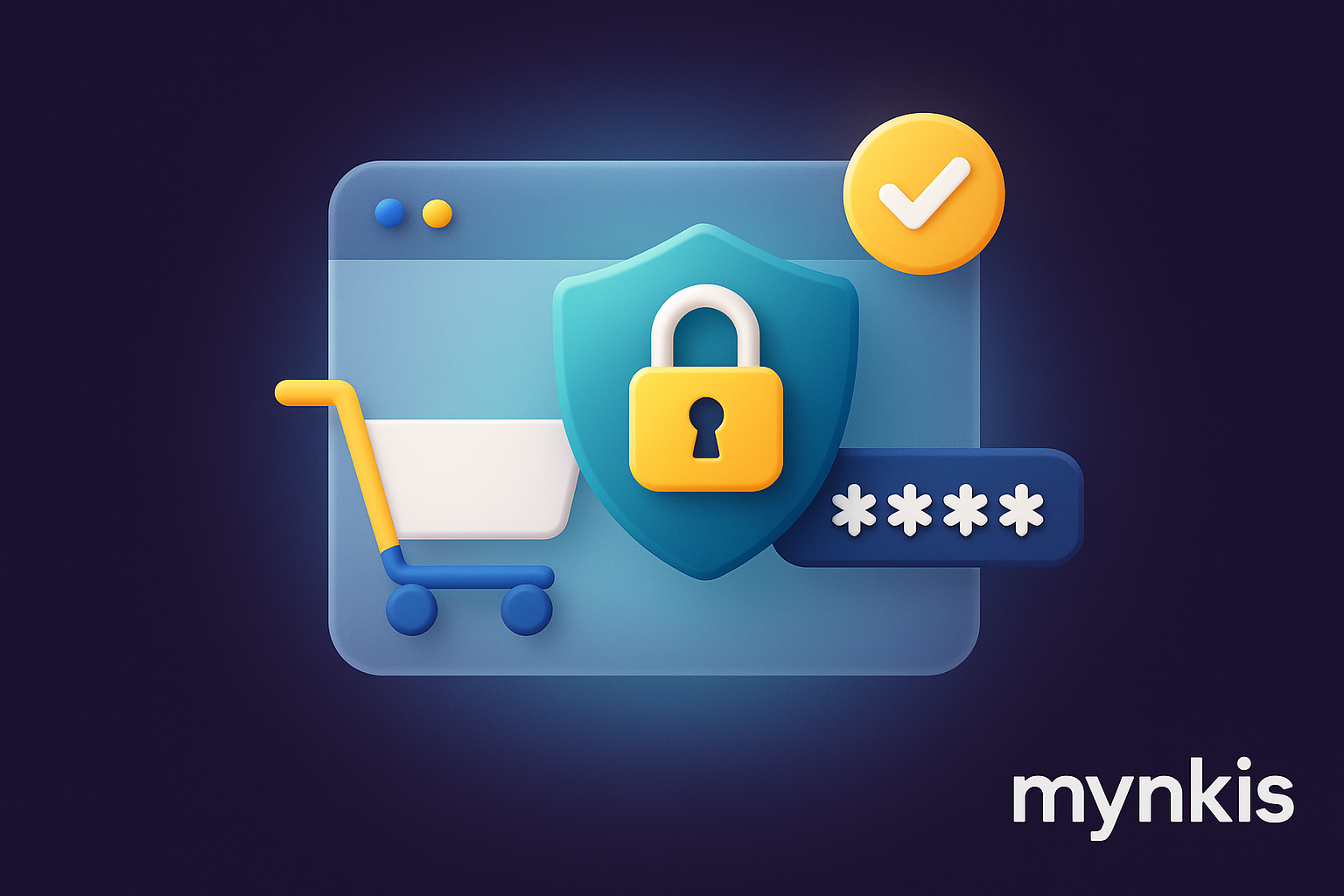Schedule a Demo
When it comes to building robust online stores, the essence of security is non-negotiable. I've worked with countless retailers aiming to break the dependency on traditional ad spend, and the recurring theme I encounter is the undeniable need for a solid cybersecurity strategy. In the world of e-commerce, where transactions flow freely and customer data is as valuable as currency, safeguarding this information isn’t just best practice—it’s critical for sustained growth and customer trust.
Before diving headfirst into new software development projects, it’s essential to gauge your existing cybersecurity measures. I've advised business leaders to first perform a thorough cybersecurity audit. This assessment should encompass vulnerability checks, data encryption standards, compliance with industry regulations like PCI DSS, and your team's awareness of security protocols. It’s like checking the integrity of your digital walls before expanding your castle.
One significant shift I've pushed in custom software development for e-commerce is the integration of security from the inception phase. It’s not merely an added feature but a foundational aspect of design. Crafting custom software solutions with built-in cybersecurity protocols means protecting the integrity of the application code itself, ensuring that any system modifications are handled with stringent security oversight.
Within the e-commerce domain, the way you manage user authentication and access control can make or break your business's reputation. Multi-factor authentication (MFA) isn't just a buzzword but a necessity. I've often recommended adopting at least two-factor authentication for all user interactions—from customer logins to administrative access. Ensuring that each authorized user has the least privileges necessary, a principle known as least privilege access, further mitigates risk.
When we think about e-commerce platforms, data like credit card numbers or personal user information floats through our servers. That's why I advocate for the adoption of strong encryption practices. Whether it's encrypting data at rest or in transit, the layer of protection this offers to your customer data is akin to an invisible yet impenetrable shield, safeguarding it from prying eyes at all stages of its journey.
Establishing cybersecurity isn’t a one-time affair; it requires vigilance. Through my consulting, I've emphasized the importance of continuous monitoring of e-commerce platforms. Utilizing advanced threat detection systems and being prepared with a robust incident response plan ensures that any breaches are identified quickly and contained before they can escalate into disasters.
In the realm of custom software development for e-commerce, adhering to a Secure Development Life Cycle (SDLC) framework is like setting a standard for quality across the board. The SDLC involves integrating security protocols throughout the phases of development, from requirements gathering to deployment and maintenance. It’s a methodology that promises not only a secure application at the end but a development process that reflects best-in-class security practices.
A point that cannot be overstated in discussions around cybersecurity for e-commerce is the education of both team members and customers. I always advise businesses to run regular security training for staff and to engage customers through resources like secure browsing tips or notifications about emerging threats. Knowledge is as powerful as any firewall in fostering a safe environment.
A proactive approach I often recommend to my clients includes routine penetration testing to pinpoint vulnerabilities before malicious actors do. It’s like having ethical hackers attempt to breach your system to assess and enhance your cybersecurity strategy. Enterprise web solutions need this level of scrutiny, particularly when they handle sensitive transactional data.
The regulatory landscape is as dynamic as technology itself, and I emphasize the importance of compliance in e-commerce systems. Adhering to standards like GDPR or CCPA isn't just about ticking boxes; it's a commitment to customer privacy and security. I've seen how failure to meet these standards can lead to significant penalties—not just financial, but also to brand reputation.
As I look to future trends in cybersecurity, a concept gaining traction is the Zero Trust Architecture. In my dialogues with business leaders, I’ve introduced this as an advanced strategy where no user or system inside or outside the network is inherently trusted. Zero Trust requires strict identity verification and minimal access rights for everyone, which aligns well with the needs of an e-commerce environment awash with valuable data.
An ongoing challenge I address with my clients is balancing robust security with a seamless user experience. Advanced security can feel intrusive, yet, with smart design, I've helped teams implement systems like one-click passwords or biometric logins that are both secure and user-friendly. The key lies in ensuring that while you're safeguarding your enterprise web solutions, you're also not creating barriers that detract from the customer journey.
The growth potential for online stores often hinges on scalability, and cloud platforms present a solution. However, ensuring that cloud-based e-commerce systems are secure has been a focal point of my work. Integrating dedicated cloud security services that automatically scale with your infrastructure can provide the flexible, robust protection necessary for peak shopping seasons without compromising on user experience.
To wrap up, fortifying your e-commerce platform against cyber threats requires a comprehensive, layered approach. My experience guiding businesses through this process reveals that from the foundational phases of custom development to ongoing vigilance and evolving with industry standards, a proactive and multi-faceted cybersecurity strategy is indispensable for online retailers looking to enhance visibility and trust without relying on ads.
